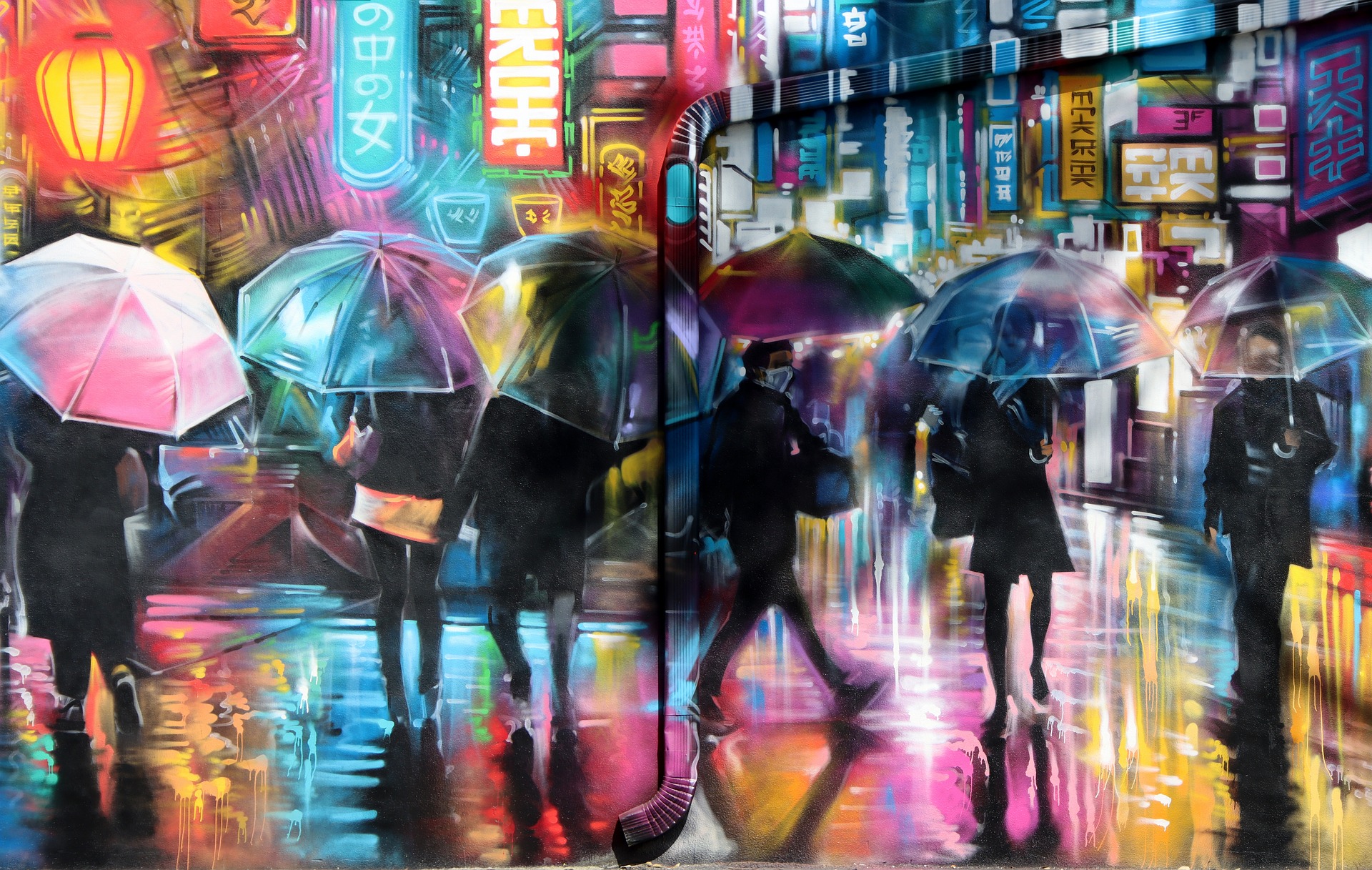Unmasking a Cinematic Masterpiece: The Silent Language of Film
Introduction: In a digital age where technological advancements dominate the entertainment industry, one art form remains steadfast in its effectiveness and emotional resonance — silent film. This article will delve into the history of this unique cinematic style, its current renaissance, and the significant impact it has on contemporary film culture.

An Ode to Silent Cinema: The Historical Context
In the early 20th century, cinema was born silent. The likes of Charlie Chaplin, Buster Keaton, and Mary Pickford became household names, captivating audiences with their expressive performances, despite the lack of spoken dialogue. Silent films relied heavily on visual storytelling, a technique that showcased the power of imagery and physical performance.
The Modern Resurgence: Riding the Wave of Nostalgia
Recently, silent films have been enjoying a resurgence, thanks, in part, to the rise of nostalgic cinema. Modern audiences, seeking an escape from the bombardment of CGI and special effects, are turning back to the purity of silent cinema. This revival is not about mere reminiscence; it’s about rediscovering the nuanced power of visual storytelling and physical performance.
Influencing Contemporary Cinema: The Silent Impact
Silent films have had a profound influence on contemporary cinema. Directors like Quentin Tarantino and Martin Scorsese often pay homage to the genre, using silence to create tension and emotional depth. The 2011 film “The Artist,” a silent movie that won the Academy Award for Best Picture, further underscored the enduring appeal of this form of storytelling.
The Silent Language: Breaking Down Barriers
One of the most significant aspects of silent film is its universality. Without the barrier of language, these films can communicate with global audiences, making them incredibly inclusive and accessible. This aspect is particularly relevant in today’s globalized world, where sharing stories across cultures is increasingly important.
The Future of Silent Cinema: A Quiet Revolution
The resurgence of silent films signals a quiet revolution in the entertainment industry. As audiences seek authenticity and emotional depth in storytelling, filmmakers are exploring the potential of silence once more. Silent films are not a relic of the past but an innovative tool for the future, providing a fresh, imaginative approach to cinematic storytelling.
In conclusion, silent films, despite their age, continue to captivate audiences with their raw, emotional storytelling. Their resurgence in the modern age testifies to their enduring appeal and their significant impact on contemporary cinema. As we move forward, the silent language of film will undoubtedly continue to play a pivotal role in the evolution of the cinematic arts. This timeless art form, born out of necessity, has become a powerful tool for creative expression, transcending cultural barriers and redefining the parameters of storytelling.




